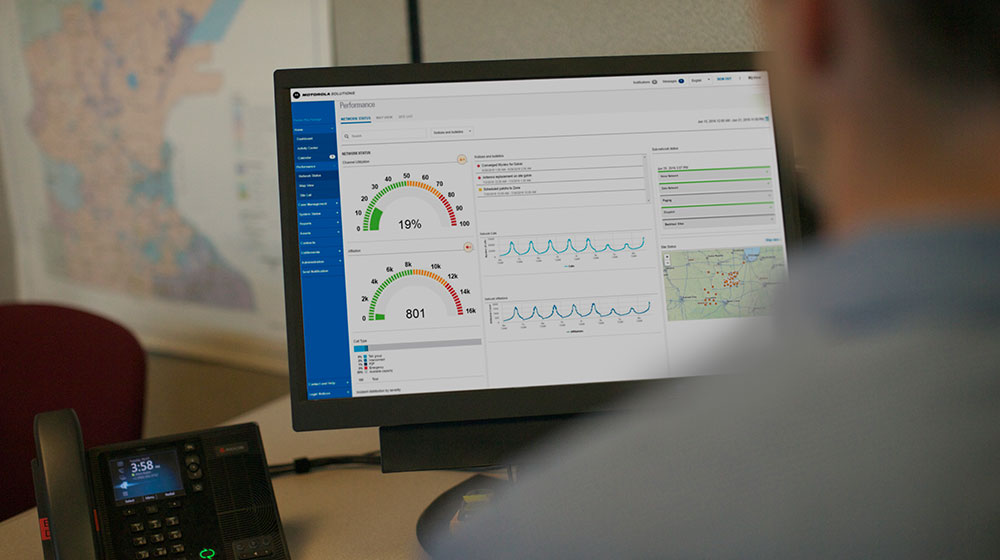So you’re getting into intelligence-led policing? But have you taken a look at your own data sets? And I mean a real good look. Over and over again I see departments make mistakes by going out and purchasing mapping software, intelligence software, and the like, put it immediately to use and then disagree with the output they receive. I speak to many of these departments, and after a quick look into their main data sets I find that they are falling into the old adage of garbage in, garbage out.
So if you fall into the category I just described, you are by far not alone. As a matter of fact I would venture to say that you are in the majority. I even made the same mistakes when I began our intelligence-led policing initiative. I remember I was so excited to get going with our new software that I never bothered to really look at the data that I was putting into the system. After all, I had been using our public safety for 20 years, surely the data in it is correct, right? What I found was a resounding answer of no, it was not good data. Now don’t get me wrong the basics of the data were correct, the type of crime, suspect, victim, things like that were solid. What was not so correct, however, was our mapping data and how our crime types translated into our software. Let’s talk about a couple of things that you can do to turn your bad data into good data.
First let’s talk about mapping. Very few mapping systems, whether you are using GIS or some other type of mapping system, are always spot on. The reasons for these inaccuracies vary widely. From inaccurate GIS mapping at the onset, to duplicate addresses in your city that are only separated by a North-South or East-West designation, or simply user mistake at time of input. Although I could not change these map points in my records management system (which would typically be your most logical fix), I could change them in our software. With just a few steps I was able to take my map, with an average of 150 inaccuracies a month, and turn it into a completely accurate crime map, with no inaccuracies.
systems, whether you are using GIS or some other type of mapping system, are always spot on. The reasons for these inaccuracies vary widely. From inaccurate GIS mapping at the onset, to duplicate addresses in your city that are only separated by a North-South or East-West designation, or simply user mistake at time of input. Although I could not change these map points in my records management system (which would typically be your most logical fix), I could change them in our software. With just a few steps I was able to take my map, with an average of 150 inaccuracies a month, and turn it into a completely accurate crime map, with no inaccuracies.
Now that we have fixed your mapping problem, let’s talk about making sure your crime types are in the proper categories in order for you to get the proper Intel. Depending upon county, state, or locality, crime terms can vary widely. For instance, in my state, we don’t use the term larceny, we use theft instead. We don’t use the term embezzlement; we use a variety of codes under fraud. While these computer systems seem to do it all, it is our duty to make sure that our information is laid out correctly within our systems. If the data is in the wrong category, when you run a report on a specific crime type, you will be missing data in your final report. Luckily, our software allowed us to make crime type adjustments and rules for translation from our records management system. But similarly to the mapping, if your software doesn’t have that feature, you may otherwise have to make those adjustments directly to the records themselves.
Without accurate data, it is impossible to do the crime analysis that aids your intelligence-led policing initiatives. This year let’s make sure to strengthen our actionable intelligence by cleaning up our bad data.
Coming up next we’ll discuss how to get your agency personnel familiar with using all the new capabilities at your disposal with a purpose-built crime analytics solution. Until then, check out our crime analytics resource site to learn more about how you can properly evaluate solutions so your mapping issues are a thing of the past.




